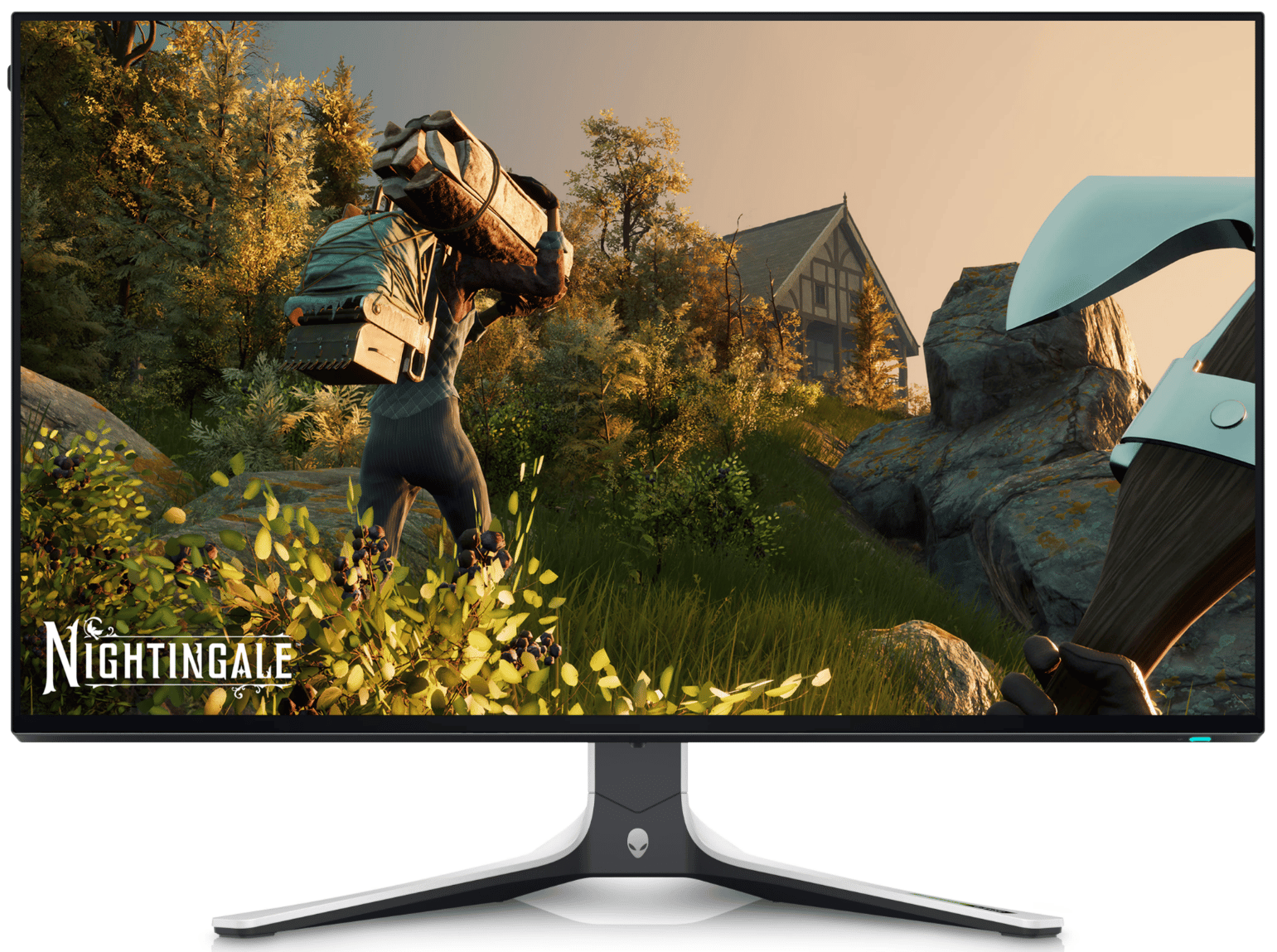No.
Overdrive is a tech for improving pixel response times. Basically, if your panel is too slow, you can push it harder and it'll be faster. But push it too hard, and you end up overshooting the target value. So when, for example, you need to go from dark grey to light grey you end up going to white instead. Then it'll go back to the correct value, but that takes time, so you end up with total response time that's even larger than it was without overdrive. Moreover, if overshoot is high enough, it actually becomes visible, so a dark object moving on a light background leaves a trail that's even lighter than the background, which is known as inverse ghosting.
All modern gaming monitors have overdrive. In most models you can change it through the OSD, usually with a few settings like Low, Normal, High and Extreme or something along those lines. It's often called not overdrive, but "response time" or "motion performance," but it's still the same thing.
The tricky part is, the higher the refresh rate, the stronger overdrive you need to keep response times good. On the other hand, at lower refresh rates high overdrive leads to more overshoot. So if you play with VRR (G-Sync or FreeSync) on and a game runs at 60-90 FPS you ideally want more overdrive at 90 Hz than at 60 Hz. If the monitor can adjust it automatically for you, this is exactly what is known as variable overdrive. However, only G-Sync monitors have it. Some FreeSync monitors try to imitate it to some degree, but apparently without the right hardware you just can't do it well.
With many (but far from all) 100+ Hz monitors you can just pick a reasonable compromise setting that isn't too slow at the max refresh rate and doesn't have awful overshoot at 60 Hz. This is known as single overdrive mode. The 27GP850 is a good example of such a monitor. But at 200+ Hz it's just very, very hard to pick a mode that works across the entire range and does it well.
And even many 144 Hz monitors fail to achieve a good single overdrive mode. The M28U, for example, has noticeable overshoot even at the lowest overdrive setting (which is confusingly called 'Off') at 60 Hz. Many users complain about it. My M32U has some overshoot at the Picture Quality overdrive at 60 Hz and at the Off setting it's a bit too slow at 144 Hz. But that Picture Quality overshot is not that noticeable to me (at least in the UFO test, I've yet to actually play some games on it), so I think it has some decent single overdrive mode after all.
And with G-Sync monitors (Ultimate or not) it's usually simply a non-issue. Too bad there aren't many of them these days.



